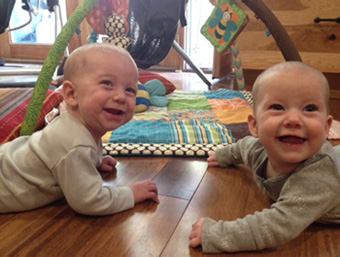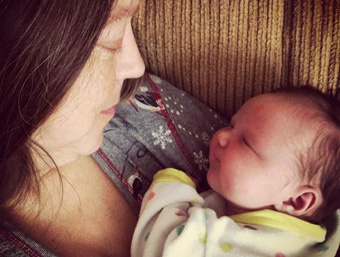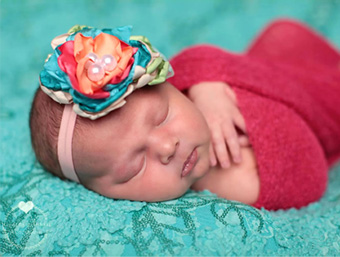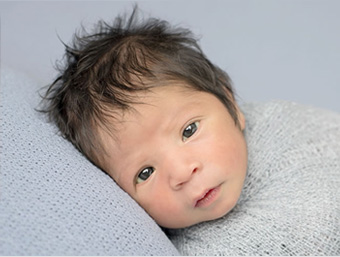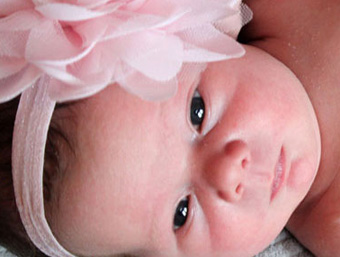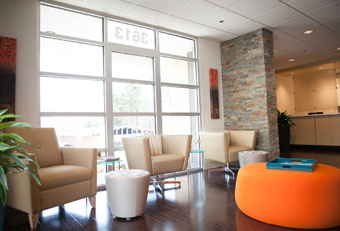Tubal Reversal Scholarly Publications
Early Experimental Studies in Animals
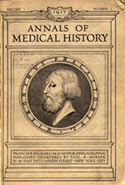
In 1974, Paterson and Wood (2) divided the isthmic segment of one fallopian tube and then performed tubal anastomosis in 10 rabbits. They removed the fallopian tube and ovary on the other side so that any pregnancies that followed could be attributed to the repaired fallopian tube. The pregnancy rate was 60%. These investigators suggested that tubal anastomosis could be applied successfully to humans for reversal of tubal sterilization.
Hulka and Ulberg (3) in 1975 were the first to perform a successful reversal of tubal sterilization under experimental conditions. Six weeks after applying Hulka clips to the isthmic portion of fallopian tubes in 8 pigs, they removed the clipped portion of tubes and performed tubal anastomosis using an absorbable, multifilament suture (6-0 Dexon). Six (75%) of the animals subsequently became pregnant.
In 1975 Winston (4) reported an experiment in rabbits in which the experimental variables were different suture materials and duration of tubal splinting. In one group of 25 rabbits, he removed a portion of the tubal isthmus or ampulla and then performed tubotubal anastomosis with a nonabsorbable, nonreactive, monofilament suture (10-0 nylon). Using microsurgical technique, Winston took special care to include only the 2 outer layers (muscularis and serosa) of the fallopian tube in the suture line, avoiding the inner tubal layer (endothelium). He stabilized the anastomotic sites with polyethylene splints that were removed before closure of the abdominal cavity. Twenty-three (92%) of the animals became pregnant. This was the highest pregnancy rate reported so far after tubal anastomosis in animal studies. When either 8-0 catgut was used as the suture material or the tubal splint was left in place for 1 week after surgery, the pregnancy rate dropped in half.
Winston’s results were subsequently corroborated using microsurgical tubal anastomosis with 11-0 nylon, intraoperative splinting, and avoiding mucosal trauma from suture in the reconstruction of rabbit oviducts six weeks after application of Falope rings. Eighteen (82%) of 22 rabbits became pregnant after two matings.
Comment
Experimental studies in animals demonstrated excellent pregnancy rates following reconstruction of the fallopian tube by tubal anastomosis. They provided the basis for tubal reversal surgery as a clinical treatment. The best results came using microsurgical techniques with non-reactive, monofilament suture material, intraoperative tubal splints, and avoiding the introduction of suture in the inner layer of the tube.
Dr. Berger uses these surgical techniques in his tubal reversal procedures. For a more complete description of the early history of tubal reversal surgery, read Dr. Berger’s book chapter, Reversal of Female Sterilization: An Evaluation of Results (5).
References
- David A, Brackett BG, Garcia CR: Effects of microsurgical removal of the rabbit uterotubal junction. Fertil Steril 20:250, 1969
- Hulka JF, Ulberg LC: Reversibility of clip sterilization. Fertil Steril 26:1132, 1975
- Paterson P, Wood C: The use of microsurgery in the reanastomosis of the rabbit fallopian tube. Fertil Steril 25:757, 1974
- Winston RML: Microsurgical reanastomosis of the rabbit oviduct and its functional and pathological sequelae. Br I Obstet Gynaecol 82 :513, 1975
- Berger GS: Reversal of female sterilization: An evaluation of results. In JM Phillips, editor, Microsurgery in Gynecology, Chapter 33. American Association of Gynecologic Laparoscopists, Downey, California, 238-243, 1977.

